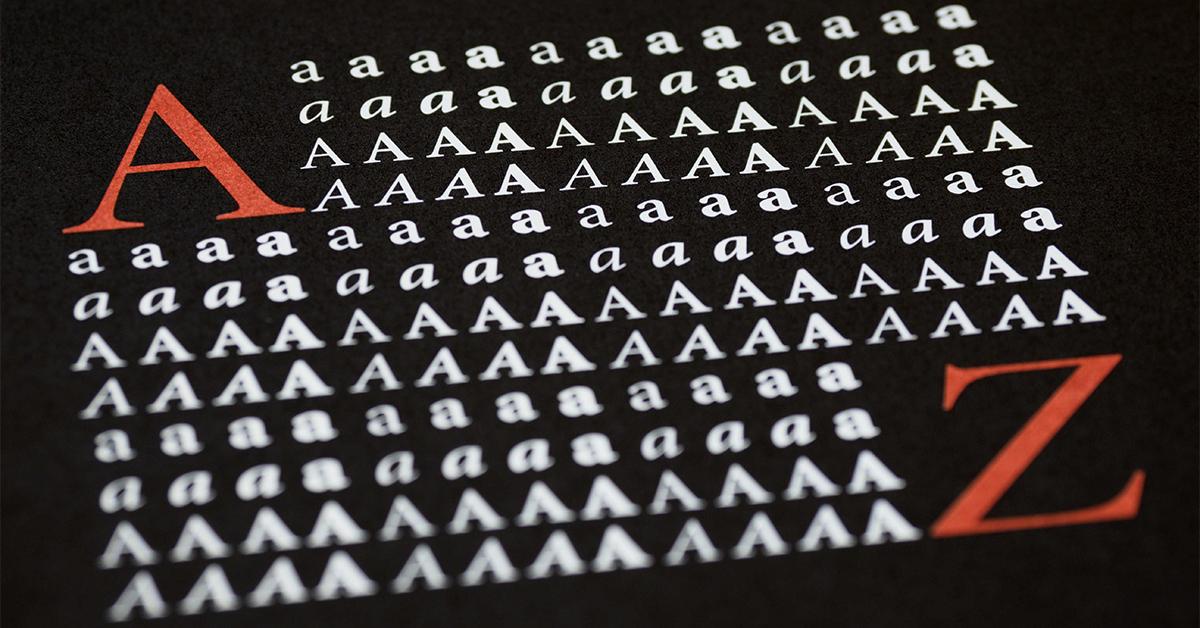EXPLORE OTHER BLOGS
What is a Font?
The Silent Storyteller of Design
Information
Fonts are ubiquitous elements of everyday life, shaping the way we perceive and interact with written content. From books to websites, advertisements to signage, fonts play a crucial role in conveying information and evoking emotions. In this article, we delve into the world of fonts, unraveling their significance, history, and impact on communication.
Understanding Fonts
Fonts, in the realm of typography, refer to a set of visually consistent characters, symbols, and glyphs that form a typeface. They encompass a wide range of styles, including serif, sans-serif, script, display, and many more. Each font possesses a unique personality, expressing a distinct visual identity and mood.
The Importance of Fonts
Fonts are not merely decorative elements but powerful tools that influence how we interpret and understand written text. They convey tone, establish hierarchy, and evoke emotions. The right font choice can enhance readability, capture attention, and reinforce the message being conveyed. In contrast, an inappropriate or poorly chosen font can hinder comprehension and create a mismatch between content and design intent.
A Brief History
The history of fonts dates back to the invention of printing in the 15th century. Early fonts were painstakingly created by hand, but with the advent of mechanical typesetting and later digital technologies, fonts became more accessible and versatile. Influential typographers and designers like Gutenberg, Bodoni, and Helvetica played pivotal roles in shaping the evolution of fonts throughout the centuries.
Typography and Technology
With the rise of digital media and the internet, fonts have become more diverse and widely available. Today, fonts can be found in various formats, such as TrueType, OpenType, and web fonts. Additionally, graphic design software and online platforms offer an extensive array of fonts for designers to choose from, enabling greater creativity and customization.
Font Selection and Design
Choosing the right font involves careful consideration of various factors. The intended purpose, target audience, and content must align harmoniously with the font's characteristics. Factors like legibility, readability, scalability, and compatibility across different devices and platforms should be taken into account. Designers may also modify or create custom fonts to meet specific requirements or evoke a unique visual identity.
The Future of Fonts
As technology continues to advance, the future of fonts holds exciting possibilities. Variable fonts, which offer a range of stylistic variations within a single file, provide greater flexibility and control. Augmented reality (AR) and virtual reality (VR) present new opportunities for innovative typography experiences. Additionally, the growing demand for multilingual and non-Latin fonts reflects the evolving global landscape of communication.
Conclusion
Fonts are the silent storytellers that shape the way we perceive and engage with written content. They bridge the gap between language and design, conveying messages through their visual characteristics. Understanding the significance of fonts empowers designers and readers alike to appreciate their role in effective communication. So, the next time you come across a captivating font, take a moment to appreciate the artistry and craftsmanship behind it, for fonts are much more than mere letters on a page—they are the vehicles of expression in the modern world.



